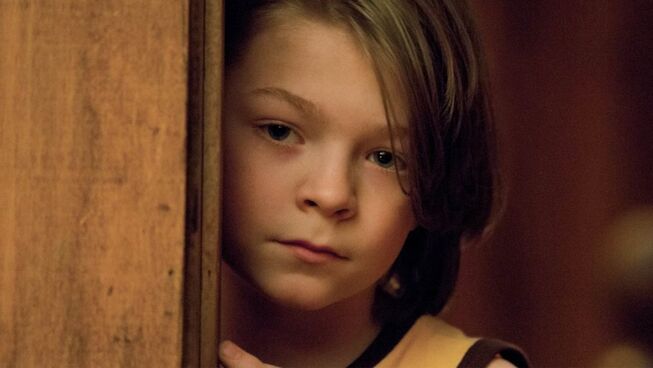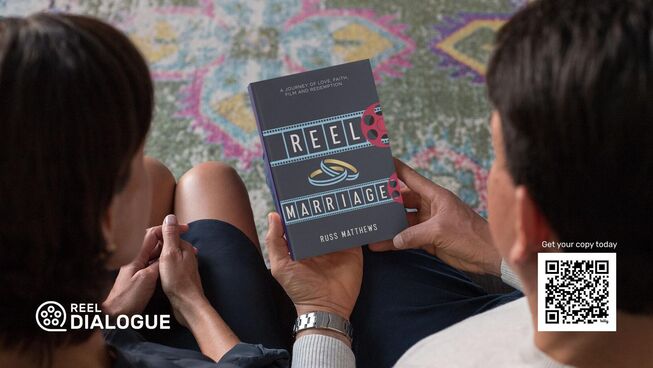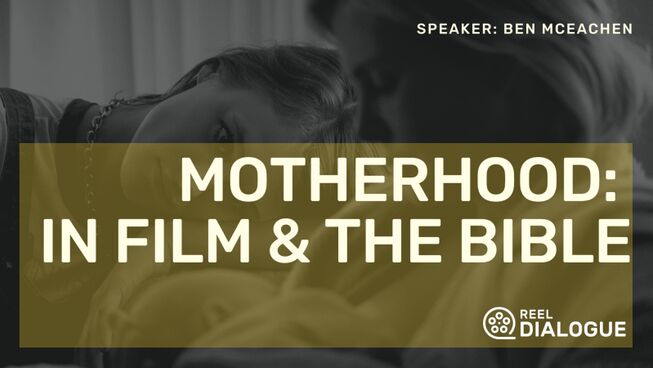
Certain films leave you bewildered. It is a simple statement that comes on the heels of watching a movie like Wonderstruck. A beautifully produced project from the director of Dark Waters and Carol, Todd Haynes. An adaptation of the visionary historical novel from author Brian Selznick. Utilising a style that screams out to be seen, but will most likely leave most viewers with a feeling of befuddlement that will linger for days afterwards.
This film tells the journey of two children from different decades that seem to have an interconnectedness that extends through history. Rose (Millicent Simmonds) is a pre-teen girl who is deaf and lives in 1927. She loves the beauty of the silent film era and precisely the talents of the actress Lillian Mayhew (Julianne Moore). The adventurous dreamer collects the images of the actress, makes scrapbooks with her treasures and spends her time making paper models of small cities in her bedroom. One day, after an argument with her over-protective father, she escapes to New York. She wants to see her idol and potentially find herself in the process.
Fifty years later, the story comes to centre on the life of the recently orphaned boy, Ben (Oakes Fegley). Upon the death of his mother, he is left with a desire to find his estranged father. In his quest to find details about the man he never really knew, the pre-teen young man is in an accident and loses his hearing. Ben decides that the only way he is going to connect with his father is to run away to New York City. Using clues that he found in his mother’s dresser, he hopes to discover his past and reconnect with his father.
Todd Haynes' direction and Selznick’s screenplay attempt to weave together the experiences of both children over the decades. Dual quests that provide the audience with the perspective of the deaf by utilising minimal and muffled dialogue. A visual spectacle that uses the styles that were represented in the cinematic techniques of the 20s and 70s. Rose’s story is told in a black and white world with a magnificent usage of shadow. While Ben’s world is shown through the overexposure and hues familiar with 70s films.
The visual spectacle is something worth celebrating, but connecting with the characters proved to be a challenge. As the timelines cross back and forth through time and the pacing incorporates that of days of yesteryear, things get quickly muddled. Especially when it seems that this story is meant to be one of self-discovery and a life lesson for children, the lethargic progression of the story fails to maintain one’s attention. An artistic expression that would be difficult for its target audience to digest and appreciate.
Wonderstruck is a film for the fan of creative and groundbreaking cinema that could be said to be before it’s time. Or it might be better to say that it operates outside of the limitations of time and fundamental structures. Leaving it in a category to itself and a tale that will be relegated to film students analysing in the years to come as an example of pure visual experience.
Bigger questions to ponder with the family after seeing Wonderstruck:
Despite being a bit challenging to consume, the key topic of discussion with children could be their different skills and limitations. We all are born into different situations and different abilities. They may not be the same as friends or siblings, but they do have value to offer the world. Instead of isolating children because of their differences, this film could open the door to celebrating their abilities and how these unique qualities have value to you and God.
1. What should we know about disabilities? (Psalm 139: 13-14, Romans 5:3-5)
2. What does the Bible say about family? (John 15:12-17)






